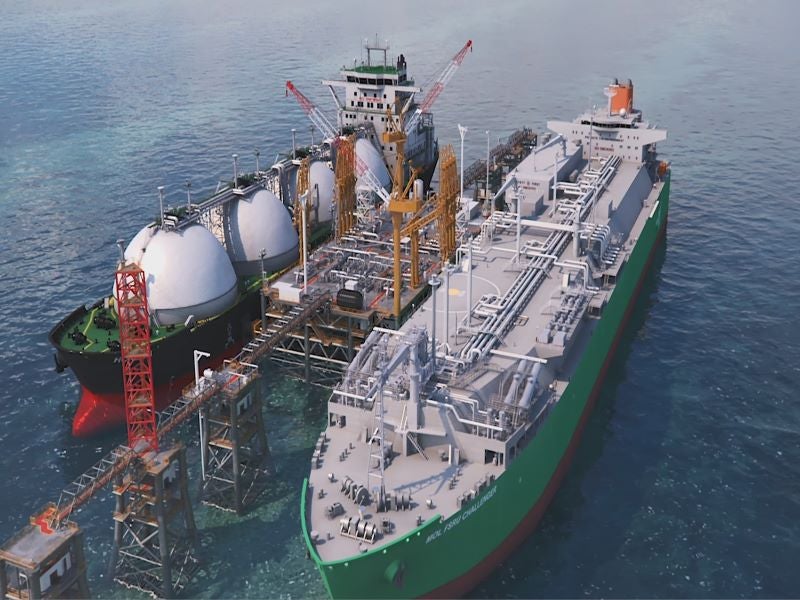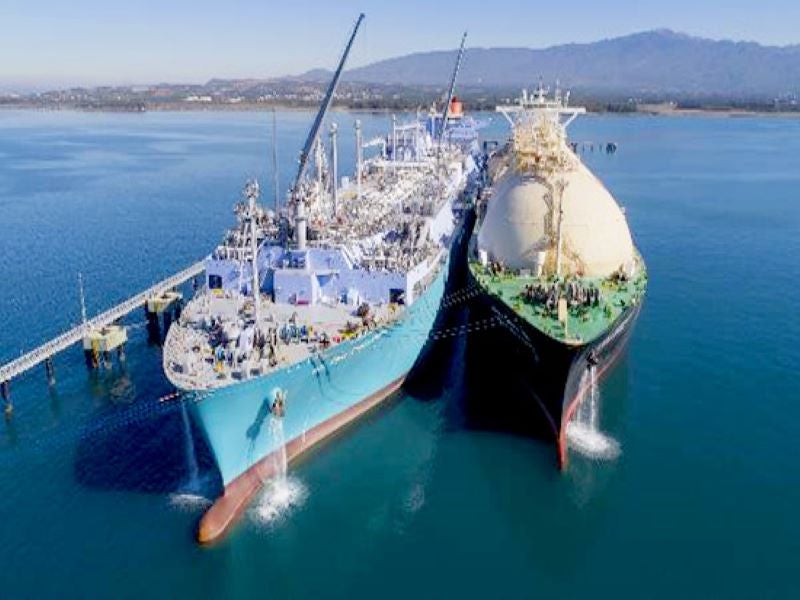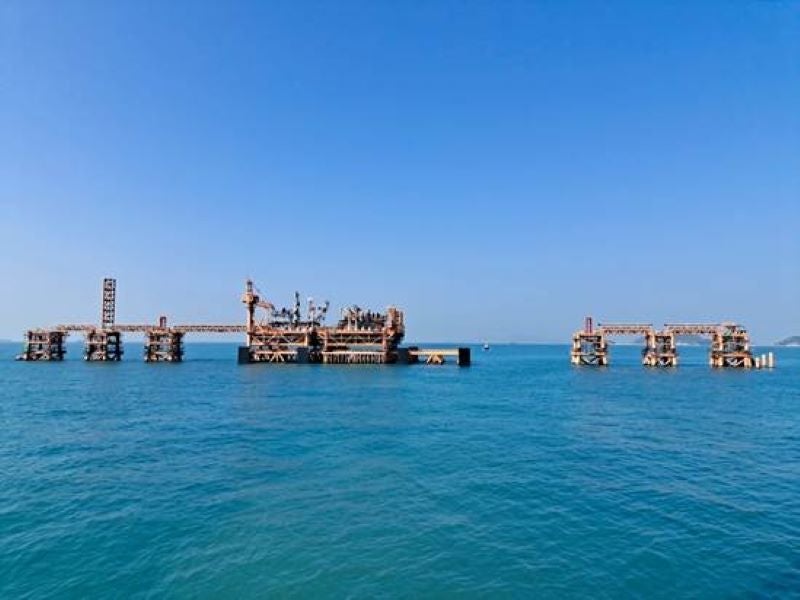The Hong Kong offshore LNG terminal is currently under construction in the Hong Kong Special Administrative Region (SAR), China. It is the first LNG import terminal project and the first to utilise floating storage and regasification unit (FSRU) technology in Hong Kong.
Hong Kong LNG Terminal is the owner and operator of the offshore LNG terminal project that will supply gas to two power plants in Hong Kong SAR.
The Castle Peak Power Company (CAPCO) holds a 70% stake in the Hong Kong LNG Terminal, while the remaining 30% stake is held by the Hongkong Electric Company (HK Electric). CAPCO is a joint venture between CLP Power Hong Kong (70%) and China Southern Power Grid International (HK) Company (30%).
The Hong Kong offshore LNG terminal project will comprise a double berth jetty, subsea gas pipelines and gas receiving stations to supply natural gas to the Black Point power plant and the Lamma power plant, which currently rely on gas supplies from mainland China.
Construction on the LNG terminal project commenced in November 2020, with the commissioning expected in 2022.
Location and site details
The Hong Kong offshore LNG terminal will be located approximately 25km southwest of Hong Kong Island and to the east of the Soko Islands.
The offshore installations of the project consist of 20 large steel structures, with 11 jackets and nine modules.
Hong Kong offshore LNG terminal double berth jetty details
The Hong Kong offshore LNG terminal double berth jetty will provide mooring for a FSRU vessel and an LNG carrier.
The double berth jetty will be located in the southern waters of Hong Kong, around 4km off the coast of Tau Lo Chau island. The minimum water depth in the jetty area is 15m.
The MOL FSRU Challenger, built at Daewoo Shipbuilding & Marine Engineering in South Korea, will be mobilised from Turkey for deployment at the Hong Kong offshore LNG terminal in 2022.
The 345m-long, 55m-wide FSRU will receive, store, regaisify and deliver LNG to Black Point and Lamma power plants via subsea pipelines.
The vessel has an LNG storage capacity of 263,000m3 and a regasification capacity of 800 million cubic feet per day, making it one of the biggest FSRUs in the world.
The FSRU was previously deployed at the Dortyol terminal, located in Hatay Province, Turkey, on a contract with Turkish state energy company Botas. The vessel started operations for Botas in February 2018.
The FSRU left Turkey in early 2021 to begin operations at the Hong Kong offshore LNG terminal.
Subsea gas pipelines of Hong Kong offshore LNG terminal
The offshore LNG terminal project involves the construction of two separate subsea gas export pipelines and associated gas receiving stations.
A 45km-long, 30in-diameter subsea pipeline will be built from the LNG terminal to a new gas receiving station at the Black Point power station. An 18km-long, 20in-diameter pipeline will connect the terminal to a gas receiving station located at the Lamma power station.
Details of Black Point and Lamma power plants
The Black Point power station is located at Tuen Mun, New Territories, Hong Kong. The power plant is owned and operated by CAPCO and comprises nine gas-fired combined-cycle units with a gross operating capacity of 3,225MW.
The Lamma power station, operated by HK Electric, is located at Lamma Island, Hong Kong. The power plant has an installed capacity of 3,617MW consisting of six coal-fired units with a combined capacity of 2,000MW, five oil-fired gas turbine units with a total capacity of 555MW, and three gas-fired combined-cycle units with a total generation capacity of 1,060MW, a solar power system with 1MW capacity, and a wind turbine with 0.8MW capacity.
Contractors involved
Offshore Oil Engineering (COOEC), a subsidiary of CNOOC, was selected as a general contractor for the Hong Kong offshore LNG terminal project in March 2020. The contract worth approximately £488m ($605m) consisted of three packages for the construction of an LNG terminal and subsea gas pipelines.
The contract scope of package A the covered design, construction and installation of a jacket-type double-berth terminal.
Package B and C included the construction of subsea pipelines from the LNG terminal to the Black Point and Lamma power plants as well as the design, procurement and construction of a gas receiving station at the Lamma power plant.
Shell Eastern Trading, a subsidiary of Shell, was awarded a long-term contract by CAPCO and HK Electric to supply LNG for the Hong Kong Offshore LNG terminal in June 2019.
Mitsui O.S.K. Lines (MOL) bagged a long-term charter contract to provide a FSRU for the LNG terminal project in June 2019. MOL was also selected by the Hong Kong LNG Terminal to provide jetty operation and maintenance as well as port services for the project.
Royal Vopak-MOL JV for FSRU and jetty services
Royal Vopak entered into an agreement with Japan-based MOL to purchase a 49.99% stake in a joint venture company that will own MOL FSRU Challenger in December 2021.
The Royal Vopak-MOL joint venture company will own and operate the MOL FSRU Challenger. The company will also be responsible to provide jetty operations and maintenance, and port services for the Hong Kong offshore LNG terminal.
The MOL FSRU Challenger is expected to be renamed as Bauhinia Spirit.





